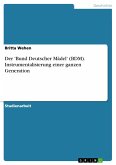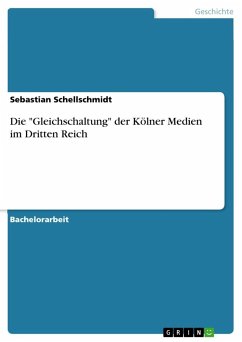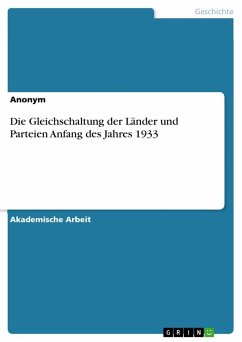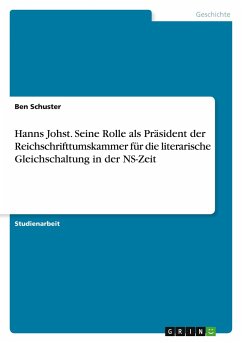Essay from the year 2005 in the subject History Europe - Germany - National Socialism, World War II, grade: A (originality!), La Trobe University Melbourne, course: Nazi Germany and Europe, language: English, abstract: The "marriage" of the party and the Volk (people) was celebrated once a year (mid-September) in Nazi Germany at the infamous party rally in Nuremberg. A central aspect of the Hitler State was Gleichschaltung (coordination) and hence the establishment of the Volksgemeinschaft (Volk-community). Gleichschaltung meant to bring all sectors of state and society under Nazi control. In this sense, the Nazis already could look back on remarkable achievements in 1933 as my previous essay [Tobias Schepanek, Gleichschaltung: Nazi Accomplishments after Six Months in Power, Melbourne, Australia (attached to this essay)] points out. But what kind of resistance against this policy occurred within the German people, and where did the Nazis fail to reach their goal of total coordination? To answer this question and to measure the success of resistance, my essay will also raise the question of what role Gleichschaltung played in the establishment of the Hitler-State before the outbreak of War in 1939.
Hinweis: Dieser Artikel kann nur an eine deutsche Lieferadresse ausgeliefert werden.
Hinweis: Dieser Artikel kann nur an eine deutsche Lieferadresse ausgeliefert werden.








